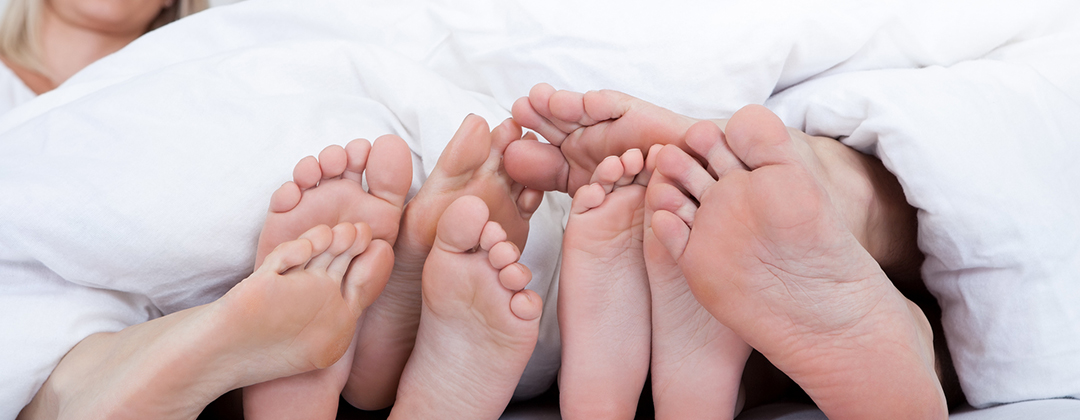An ingrown toenail (known as onychocryptosis) can be caused by various factors such as trauma, incorrect footwear, infection, poor nail cutting technique and can even be hereditary. This leads to a "nail spike" growing into the soft tissue at the side of the nail, which can result in severe pain in the affected toe. The big toe is most commonly affected, but it can occur in any of the toes.
Diagnosis
The diagnosis of an ingrown toenail is made by assessing the affected toe, nail plate, sulcus and tissue surrounding the nail. A brief history of the presenting problem and symptoms will also form part of the assessment.
Treatment
In some cases, the affected nail spike can be cut back and removed from the tissue at the aide of the nail. Depending on the severity of the ingrowing toenail, a dressing maybe require to control any infection already present and to reduce the likelihood of future infection. In cases where the nail spike cannot be removed conservatively nail surgery under local anaesthetic may be necessary. This is known as a partial nail avulsion or total nail avulsion where either part of the nail is removed or the whole nail is removed.
If Left Untreated
The nail may continue to grow into the side of the toe. This can lead to progressive pain or recurring infection, which could require repeat courses of antibiotics. This can be very serious in people with underlying medical problems such as diabetes, peripheral vascular disease or if they are immunosuppressed.
For more medical information click here.
Corns & Callus
When we walk or stand, our body weight is carried first on the heel and then on the ball of the foot, where the skin is thicker to withstand the pressure. When this pressure becomes excessive, some areas of skin thicken in the form of corns and callus.
More InformationVerruca
Is a skin lesion cause by the human papillomavirus, which infects the outer layer of the skin (the epidermis). The virus is transmitted by contact and although most verrucas do typically go away on their own.
More InformationAthlete’s Foot
More than half the population will at one time or another develop athlete’s foot, a fungal infection on the skin of the feet. It causes itching, burning or scaling of the skin, especially between the toes or on the soles and can be malodorous.
More Information
